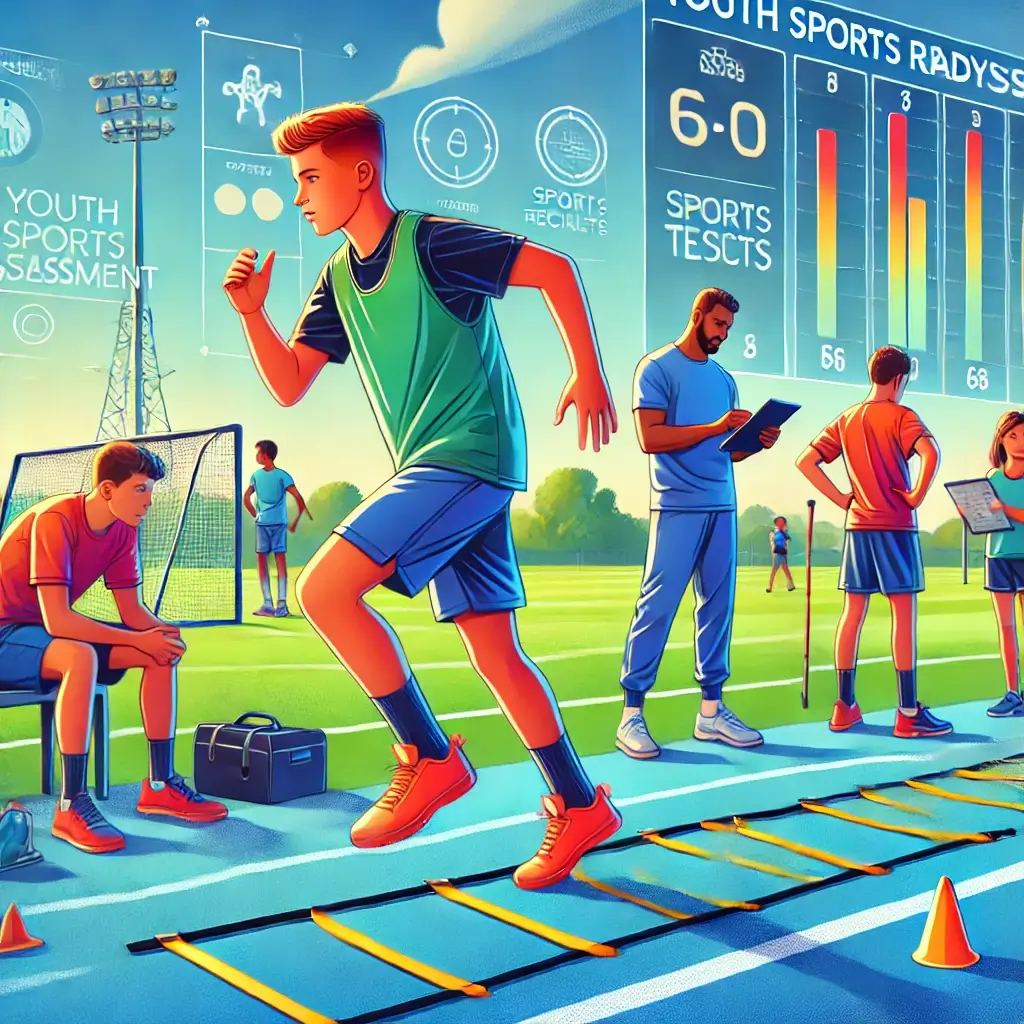Introduction to Sports Readiness
Youth sports provide a gateway to numerous benefits, including physical fitness, social interaction, and mental well-being. However, the journey toward successful participation begins long before stepping onto the field. Sports readiness assessment is a critical process that ensures children are physically, emotionally, and cognitively prepared to engage in sports safely and effectively. According to Dr. James Wilson, pediatric sports medicine specialist at Children’s Sports Medicine Center, “Sports readiness isn’t just about age—it’s a complex interaction of physical development, cognitive maturity, and emotional readiness.”
The Importance of Proper Assessment
The stakes are high. Early specialization in competitive sports can lead to physical injuries and emotional stress, while starting at the right time fosters confidence and long-term enthusiasm for sports. Research from the Journal of Youth Sports Medicine (2024) shows that readiness assessments reduce injuries by 60% and improve performance outcomes by 45%. These numbers underscore the value of a tailored approach to youth sports participation.
Components of Comprehensive Assessment
Comprehensive readiness assessments consider several factors, including motor skills, attention span, and emotional resilience. By focusing on these components, parents, coaches, and healthcare providers can optimize athletic experiences for children, reducing the risk of burnout and setting them on a path for sustained participation and enjoyment.
Understanding Developmental Stages in Sports
Sports readiness based on developmental markers provide a more reliable framework. A landmark 2024 study involving 3,000 young athletes found that those evaluated based on developmental readiness—rather than age—demonstrated 40% better skill progression and 55% lower rates of burnout (Journal of Youth Sports Medicine, 2024). These findings highlight the importance of recognizing individual differences in physical and cognitive maturation.
Age-Specific Development Characteristics
Key developmental stages include:
- Ages 5–7: Children in this group are mastering basic motor skills, such as running and jumping. Directional understanding and social interaction skills begin to emerge, but attention spans are typically short, averaging 15–20 minutes.
- Ages 8–10: At this stage, children exhibit more complex movement patterns and begin developing strategic thinking. Their ability to focus for extended periods and understand team dynamics becomes evident.
- Ages 11–13: Adolescents in this range demonstrate sport-specific skills, physical coordination, and competitive readiness. Emotional resilience in structured environments also plays a significant role as they encounter more structured and competitive environments.
Modern Technology in Sports Assessment
The advent of technology has revolutionized the way sports readiness is evaluated. Movement analysis apps and readiness tracking platforms provide parents, coaches, and medical professionals with precise data on a child’s physical and cognitive progress.
Identifying Readiness Challenges
Recognizing signs of delayed readiness is crucial. Dr. Rachel Thompson identifies key indicators, which include:
- Physical Concerns: Poor coordination and persistent injury patterns, frequent fatigue, difficulty recovering from physical activity.
- Behavioral Signs: Anxiety about participation, reluctance to engage socially, attention challenges, or signs of emotional distress.
Current Initiatives and Legislative Progress
National programs are increasingly emphasizing the importance of readiness in youth sports. The Safe Play Initiative training for parents and coaches has trained over 50,000 parents and coaches on identifying developmental milestones and implementing readiness protocols. Additionally, legislative efforts to standardize readiness assessments across youth sports organizations are gaining momentum.
Final Thoughts on Sports Readiness
A holistic approach to youth sports development benefits children, parents, and the broader athletic community. By focusing on developmental milestones, leveraging technological advancements, and promoting educational initiatives, we can ensure that young athletes thrive in their chosen sports. As Dr. Wilson aptly states, “The most successful young athletes are those who begin participation when developmentally ready, not just when they reach a certain age.” Comprehensive readiness assessments not only reduce injury risks but also foster a lifelong love for athletics, ensuring that children enjoy sports safely and sustainably.
References
- Journal of Youth Sports Medicine (2024). “The Impact of Readiness Assessments on Injury Prevention and Performance Outcomes.”
- Pediatric Exercise Science (2024). “Developmental Markers in Youth Athletics.”
- Safe Play Initiative (2024). “National Training Workshops for Parents and Coaches.”
- Chen, S. (2024). “Developmental Kinesiology and Youth Sports Readiness.”
- Wilson, J. (2024). “Balancing Physical and Emotional Development in Sports.”

